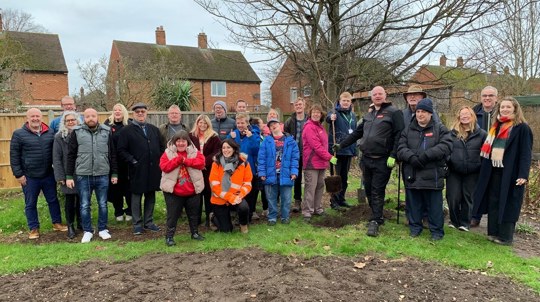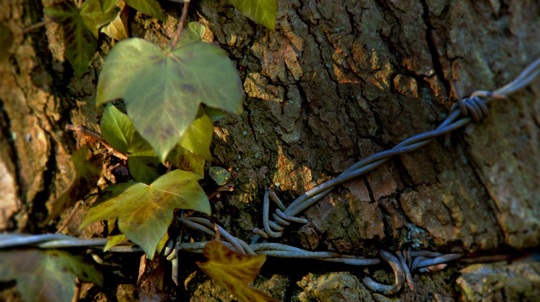Ancient woods are defined as existing since 1600 in England, Wales and Northern Ireland, and 1750 in Scotland - when maps started being accurate. Many woods are much older.
6 woods in the Domesday Book and other centuries-old UK woods

Content manager
Ancient woods are centuries old, irreplaceable wildlife homes and carbon-crunchers, packed with fascinating history. We’re lucky to have lots of these special places, though the number is dwindling at a worrying rate. Discover some of our amazing ancient woods in the UK, why they’re so special and how you can help protect them.
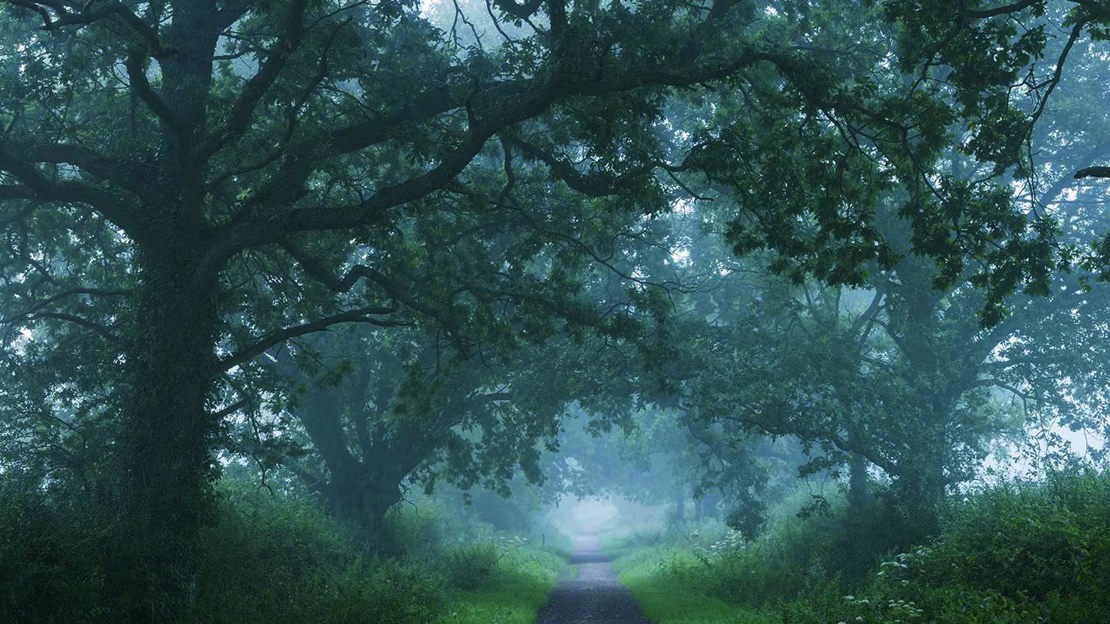
In 1085, William the Conqueror ordered a survey of over 13,000 places in England and parts of Wales for tax reasons. It was nicknamed the Domesday Book after the final Day of Judgement, when everyone would be judged and could make no appeal.
1. Duncliffe Wood, Dorset
Age: 900+ years
This magnificent ancient woodland sits on Duncliffe Hill and can be seen from miles around. Butterflies, bats, birds and wildflowers abound – moschatel, yellow archangel and early purple orchid are dotted among old coppice stools and huge tree trunks.
The Domesday Book shows Roger de Beaumont, a powerful Norman nobleman, held ‘Stur’ - the nearby village of Stour Provost - including a tract of unnamed woodland. Later tithe maps and estate records suggest this woodland contained at least part of what is now Duncliffe Wood. The wood was valued along with a mill and 20 acres of meadow at £8.
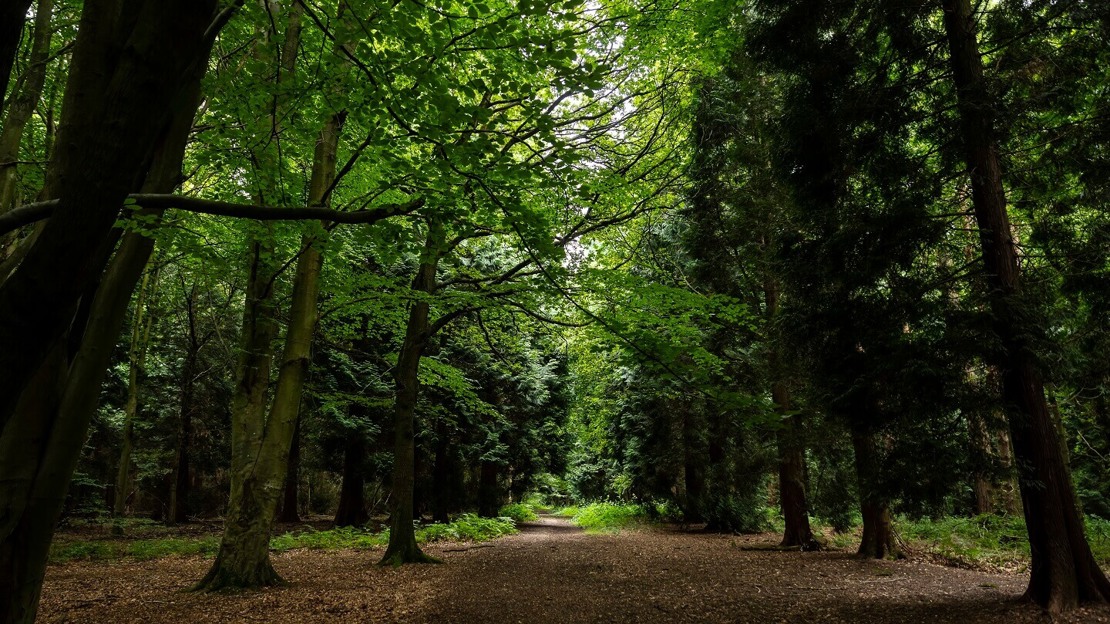
2. Martinshaw Wood, Leicestershire
Age: 900+ years
Martinshaw Wood is a vast and picturesque woodland, steeped in history and packed with wildlife. See a host of rare and interesting insects from bees and moths to hoverflies and damselflies. Birds are also plentiful here, including woodcock and mistle thrush.
This wood can be traced back to at least the 13th century, when it was part of a large deer park. It perhaps dates as far back as the Domesday Book, where it is likely one of the woods listed under the ownership of the Manor of Groby. Historical features include banks, earthen dams and a wide sunken track which appears to lead to ancient stone quarries.
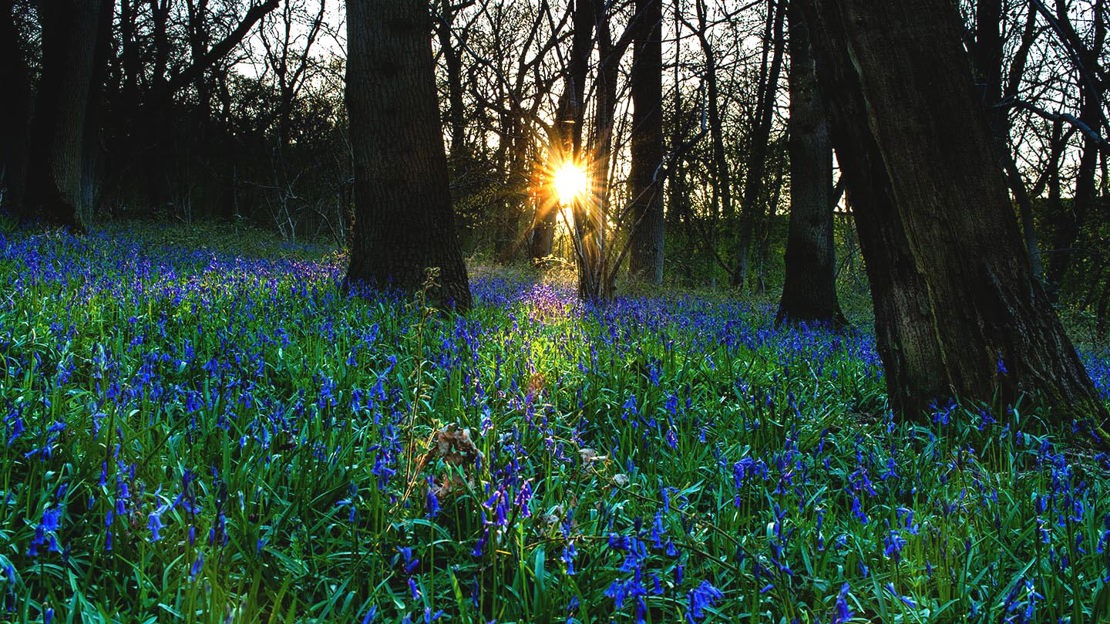
3. Aversley Wood, Cambridgeshire
Age: 10,000 years
A gem in England’s least-wooded county, Aversley Wood is a Site of Special Scientific Interest (SSSI) with breathtaking views, plentiful birdlife and a wealth of wild flowers. It’s a treasure trove for wildlife lovers, with species including silver-washed fritillary butterfly, treecreeper and great crested newt.
Much of Aversley Wood is ancient, wooded since before the middle ages - some areas since the last Ice Age. It was once part of vast woodland belt and is mentioned in the Domesday Book. A woodbank is believed to be a medieval boundary – the current boundary dates from 1768.
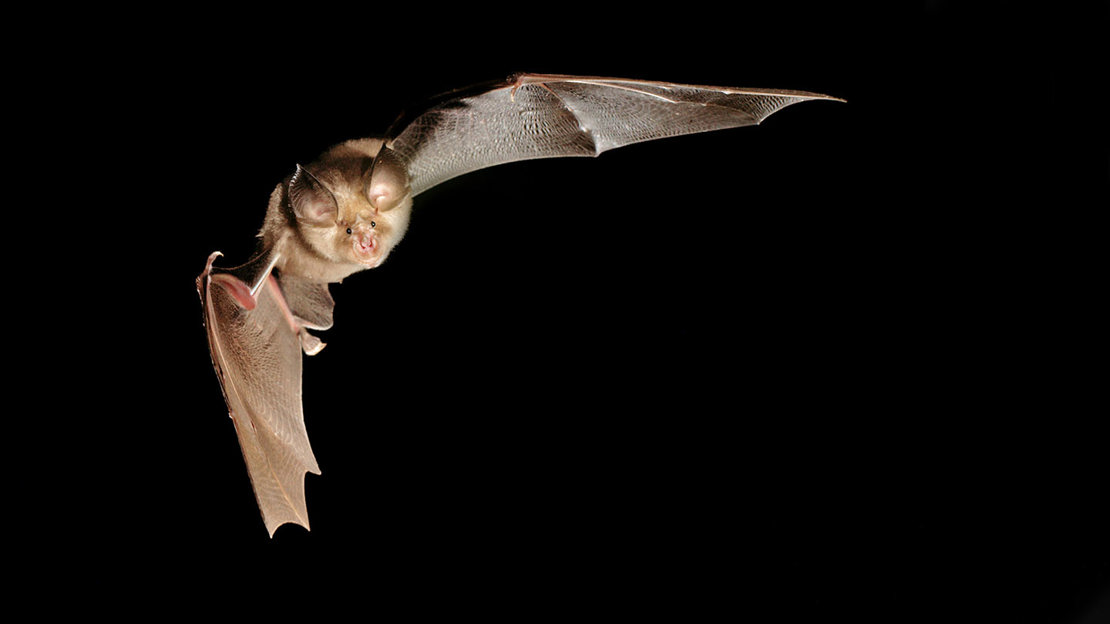
4. Stanley Wood, Gloucestershire
Age: 900+ years
A popular spot with great views in all directions, Stanley Wood is part of the fantastic network of woods along the Cotswold escarpment. Dormice, bats, deer and squirrels are all in the area and sweet woodruff, bluebell and wild strawberry are among the abundant flora here.
Stanley Wood’s origins can be traced back to the Domesday Book. Wheel ruts can still be seen in the bedrock of well-preserved sunken trackways, historically used as routes to nearby markets, and a number of spectacular beech trees stand proud along the ancient boundaries.
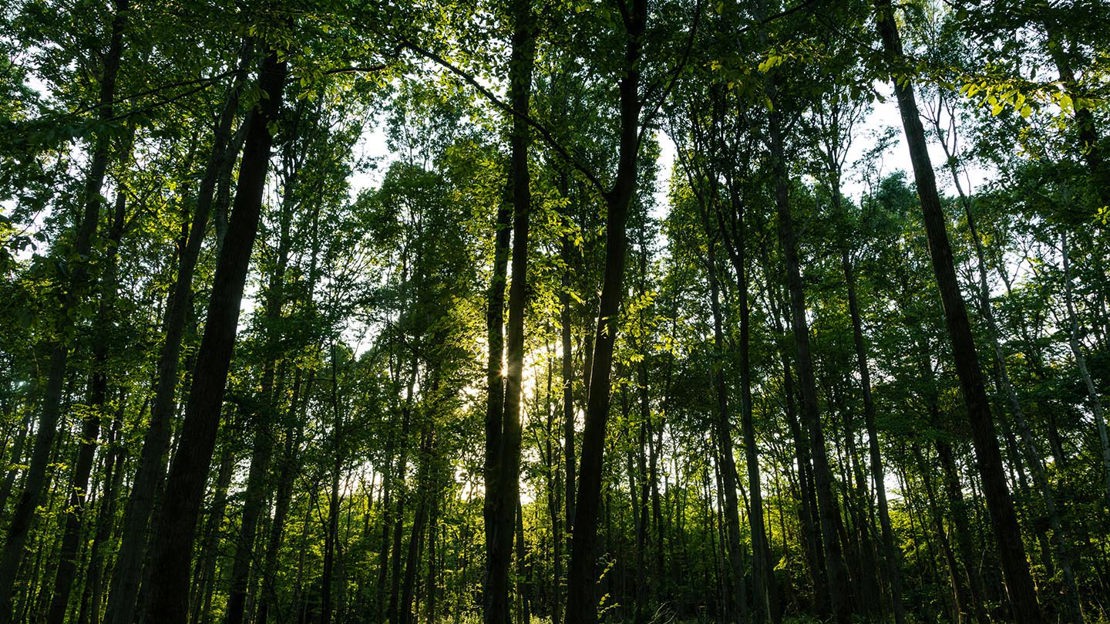
5. Dering Wood, Kent
Age: 1,400+ years
Dering Wood is a magnificent showcase of flora, fauna and history. Discover an amazing array of plants and wonderful wildlife alongside distinctive features including well-preserved medieval woodbanks, saw pits and agricultural drainage systems.
Wooded since at least the early medieval period, the area now known as Dering Wood is mentioned in the Domesday Book and an Anglo Saxon charter in AD843. According to Kent Archaeological Society, the wood's origins probably go back to the Jutish herdsmen of c. AD 500.
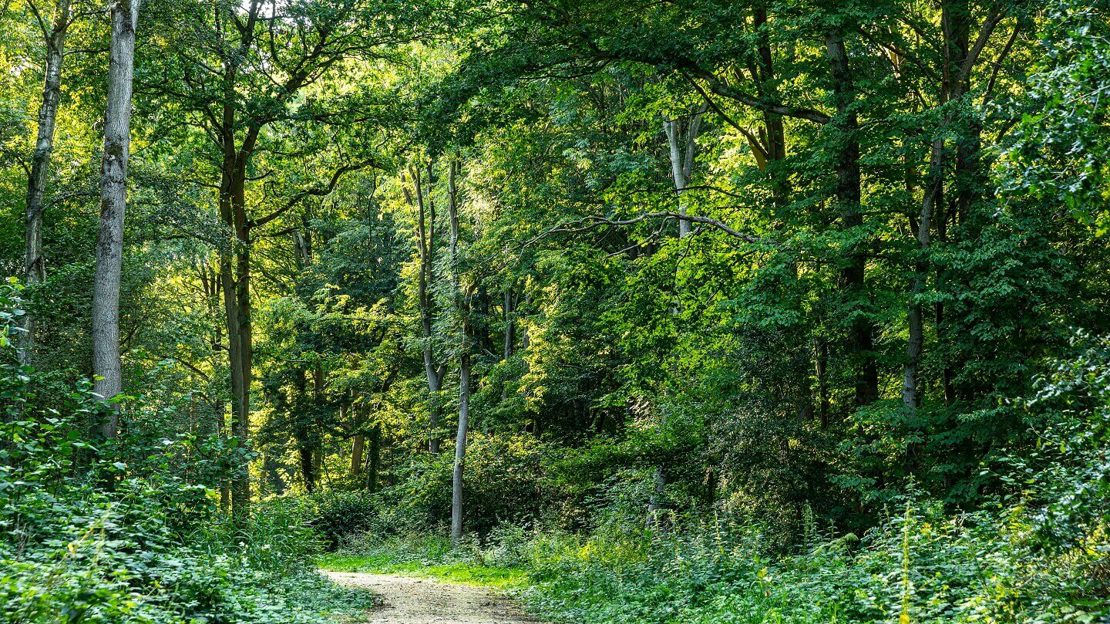
6. Old Wood, Lincolnshire
Age: 900+ years
Old Wood is a beautiful ancient wood brimming with diverse wildlife including birds, butterflies, dragonflies and over 270 species of plant. It’s rich in native oak, lime and hazel and in spring, the woodland floor is carpeted with bluebell, orchid and lily-of-the-valley.
Once a haunt of the Vikings, the first recorded mention of Old Wood was in the Domesday Book in 1086 when it was referred to as ‘The Lound’, from the Old Norse word ‘lundr’, meaning ‘sacred grove’. It’s also listed in manorial documents from the 13th and 14th centuries.
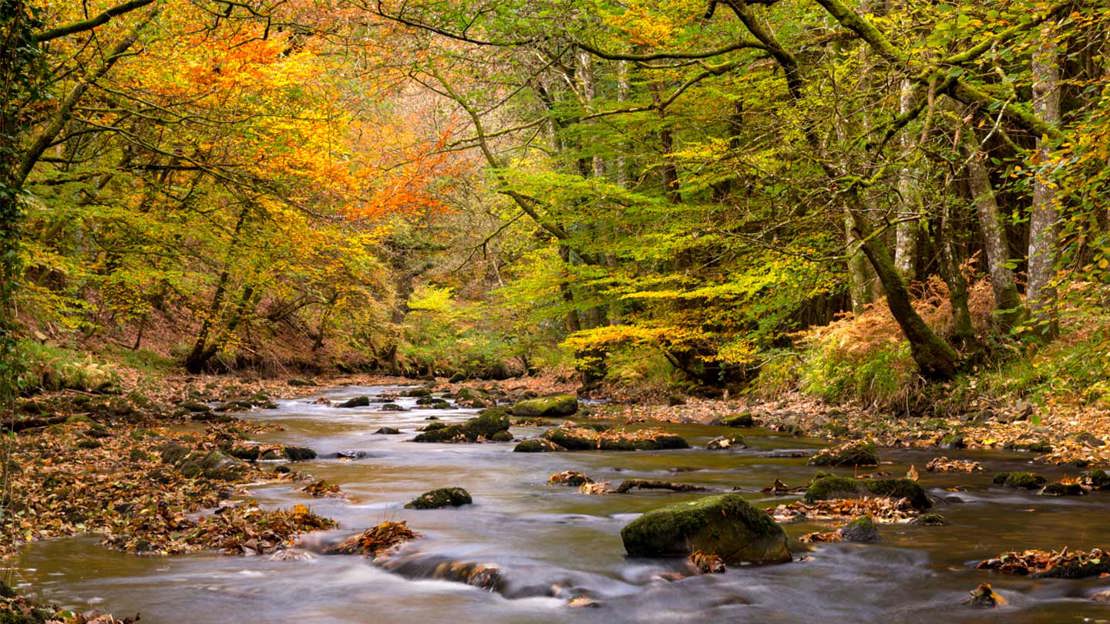
7. Fingle Woods, Devon
Age: 3,000 years
Fingle Woods is a spectacular place with a long history, incredible views and a wealth of wildlife. Explore 45km of footpaths to discover otters along the river, 12 bat species, threatened butterflies, ever-changing wildflowers and many breeding birds, including red-listed rarities.
The site has been wooded - and occupied - since the Iron Age some 3,000 years ago. Woodland management goes back to medieval times. Derelict ancient hedge banks indicate former field systems and many charcoal hearths and veteran boundary pollards survive.
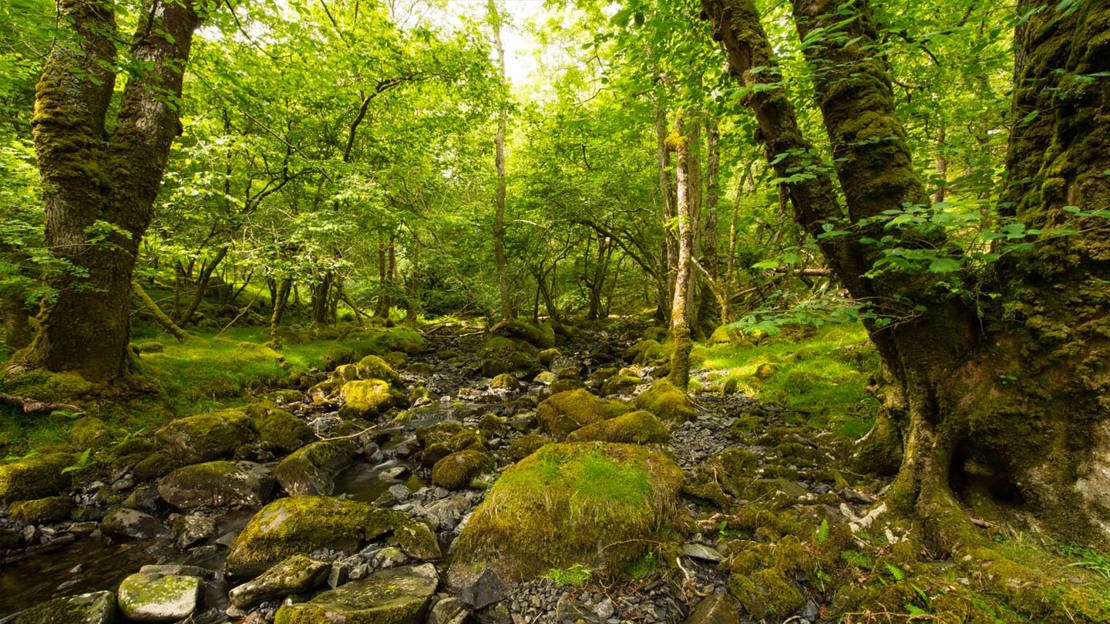
8. Coed Felenrhyd & Llennyrch, Gwynedd
Age: 10,000 years
Coed Felenrhyd & Llennyrch is fringed by the waterfalls of the Afon Prysor gorge. Nationally-scarce mosses, liverworts and lichens thrive along the wood’s streams and rocky gullies. Birds, otters, bats, badgers and foxes live amid atmospheric pools, vast ash trees and an old farmhouse.
The woods date back an astonishing 10,000 years to the last ice age and are among Europe’s best remaining examples of rare Atlantic oak woodland. Also known as temperate rainforest, they are remnants of vast woodlands that once extended from northern Scotland to Portugal.
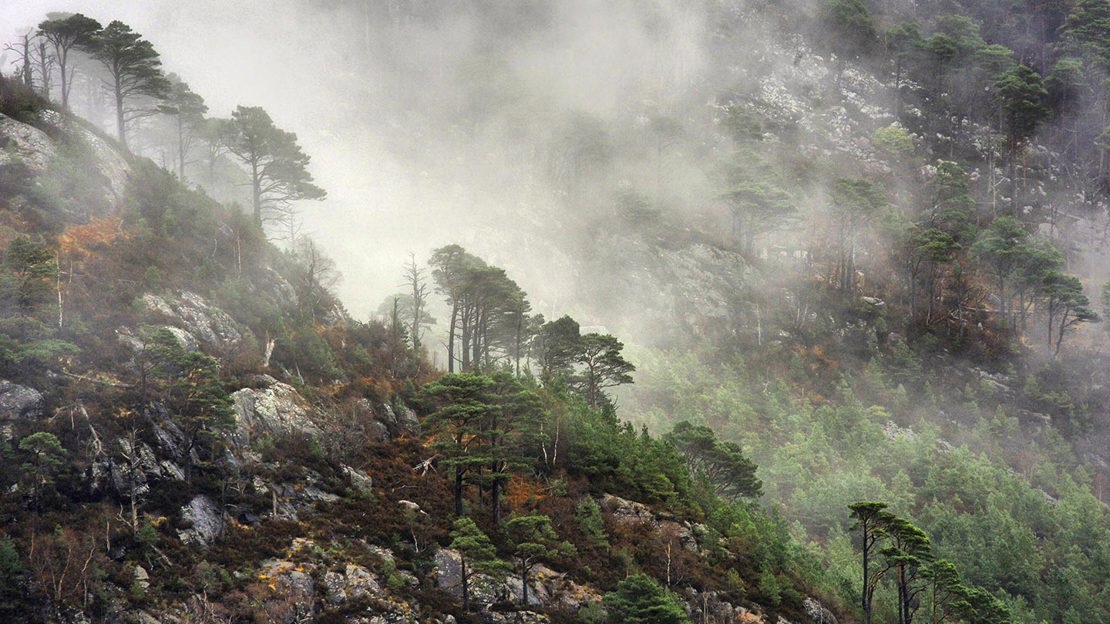
9. Ben Shieldaig, West Highlands
Age: 10,000 years
The landscape around Ben Shieldaig is fairly inaccessible and is buzzing with wildlife as a result. Species include mountain hares, pine marten, red squirrel, golden eagle, newt, adder and many more.
This incredible place is home to two dramatically different ancient woods, survivors of a time when the west coast of Scotland was one big rainforest. One is native birchwood, dripping with mosses, liverworts and lichens. The other is Caledonian pinewood which dates back to the end of the last Ice Age around 10,000 years ago.
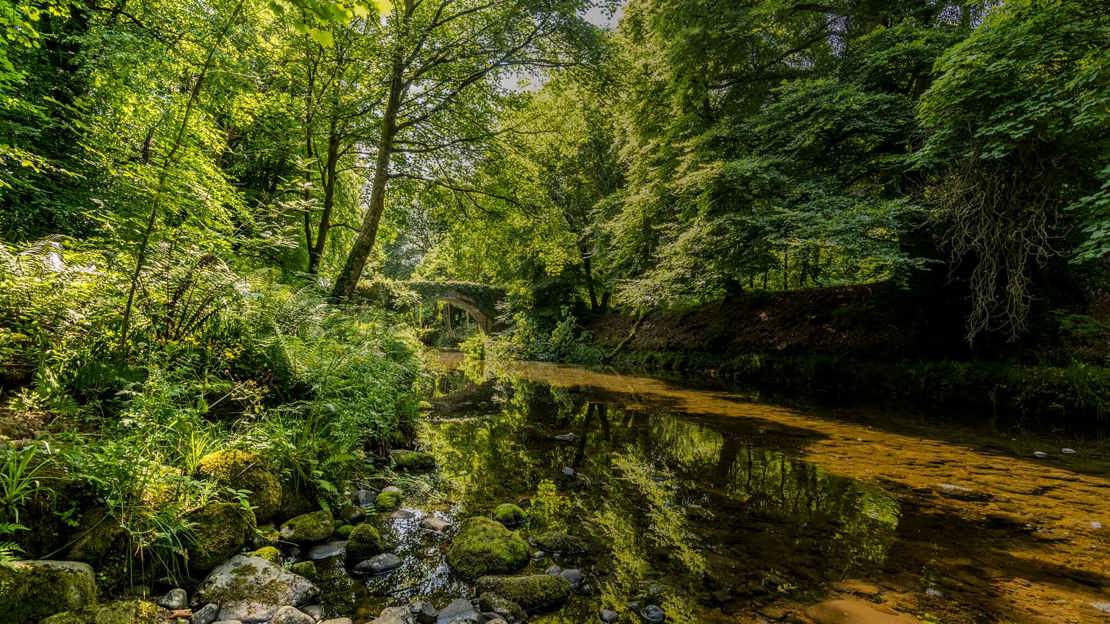
10. Mourne Park, County Down
Age: 500+ years
Mourne Park has stunning vistas, shady riverside walks and iconic wildlife. Some of its trees are 250 years old. It is one of the largest expanses of ancient woodland in Northern Ireland, a country with just 0.04% ancient woodland cover.
After spending five centuries in private ownership, we opened this special ancient woodland to the public for the first time in 2022.
Ancient woods need our help
Ancient woods are magical. They’re the UK’s richest and most complex terrestrial habitat, home to more threatened species than any other. Centuries of undisturbed soils and accumulated decaying wood have created the perfect place for communities of plants, fungi, insects and other microorganisms.
This habitat was once vast, but now covers just 2.5% of the UK. Much of what remains has been damaged by plantations or is under threat from development, overgrazing or air pollution, but after evolving over centuries, they can’t be replicated - when one is gone, it’s gone for good. We desperately need to protect what we have left.
Help protect irreplaceable ancient woodland
You can make a difference in safeguarding these incredible places for the centuries to come. Share your views on consultations, take action where you live or let us know about trees in trouble.



